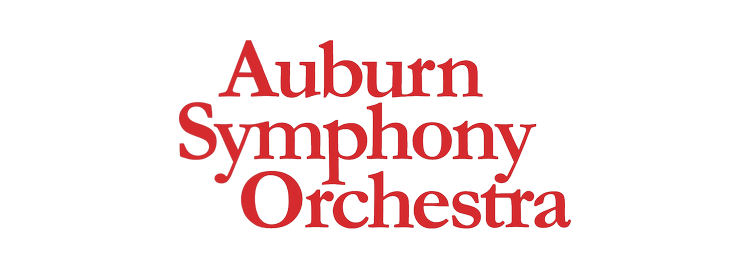Program Notes
Pictures at an Exhibition
Pictures at an Exhibition
By Modest Mussorgsky, Arranged by Maurice Ravel
Born March 21, 1839 in Karevo; died, March 28, 1881 in St. Petersburg
Vladimir Stasov, a prominent art critic during the late nineteenth century, proposed an exhibition of the work of the late painter and designer Victor Hartman. Mussorgsky admired Hartman and was distraught at his untimely death. After attending the exhibition Mussorgsky decided to honor his friend by writing a collection of small works for piano that described Hartman’s work in music. Very few of the works exhibited still exist today and only six of the designs and illustrations related to Pictures at an Exhibition survive. Interestingly, despite Hartman’s great talent, Michael Russ, a musicologist, suggests that without Mussorgsky’s musical work, he would likely not be remembered today.
Mussorgsky was not a composer of orchestral works. He has only one to his credit: St. John’s Night on Bald Mountain, which, sadly, is known primarily by Rimsky-Korsakov’s orchestration. Thus it is critical to remember that Pictures at an Exhibition was conceived by the composer as a work for piano. Mussorgsky’s manner of writing for piano was unique. He dispenses with the forms and extended treatment composers like Mozart and Beethoven brought to their works for the piano. Instead Mussorgsky uses direct expression. He conveys his idea efficiently, without development, yet very musically. Often times his approach to the piano is rough-hewn making for awkward piano technique. Catacombs, for example, is difficult to perform on piano as the music is static with its massive chords. Likewise, the opening of the Great Gates of Kiev is chordal in nature. The focus is on vertical harmony as much as anything else.
Pictures was not heard in public during Mussorgsky’s lifetime and it was not published until five years after his death. By the early twentieth century, however, as the work became more well known many took it upon themselves to turn it into an orchestral work. Maurice Ravel’s transcription for orchestra is the most well-known and performed version today.
Pictures opens with a Promenade which represents Mussorgsky walking around the exhibit. The Promenade occurs five times in the original version for piano (but only four in Ravel’s transcription, he omits the fifth version) separating several of the movements. The Promenades disappear as the work unfolds but listen closely in the final movement as the Promenade theme is incorporated into the theme of Great Gates of Kiev. It is as if Mussorgsky went from being an observer of Hartman’s pictures to being a part of them.
Stasov gave the following commentary about Pictures in the first published edition of the original piano version:
The introduction is headed “Promenade”
No. 1 “Gnomus” The drawing shows a tiny gnome clumsily waddling on bow legs.
No. 2 “Il vecchio castello” A medieval castle, in front of which a troubadour is singing.
No. 3 “Tuileries. Dispute d’enfants après jeux” Avenue in the Tuileries Gardens, with many children and governesses.
No. 4 “Bydlo” A Polish farm cart on huge wheels, drawn by oxen.
No. 5 “The ballet of the unhatched chicks” An illustration by Harmann for the performance of a picturesque scene from the ballet “Trilbi.”
No. 6 “Two Polish Jews, one rich, one poor.”
No. 7 “Limoges. Le Marché” French women arguing furiously in the market square.
No. 8 “Catacombae” The picture shows Hartmann himself looking at the Paris catacombs by the light of a lantern.
No. 9 “The hut on hen’s legs” This drawing by Hartmann depicts a clock in the form of a witch’s hut on hen’s legs. Mussorgsky added the ride of Baba-Yaga (the witch) on the mortar.
No. 10 “The Bogatyr Gate in Kiev” Hartmann’s drawing is the design for a city gate in Kiev, in the old-Russian massive style, with a dome in the form of a Slav helmet.
— Notes by Wesley Schulz
